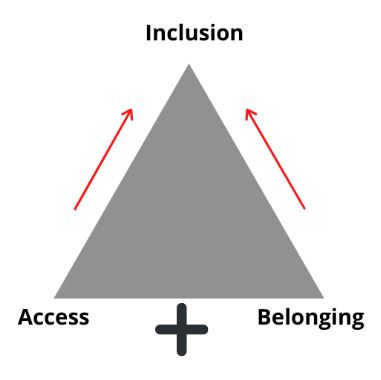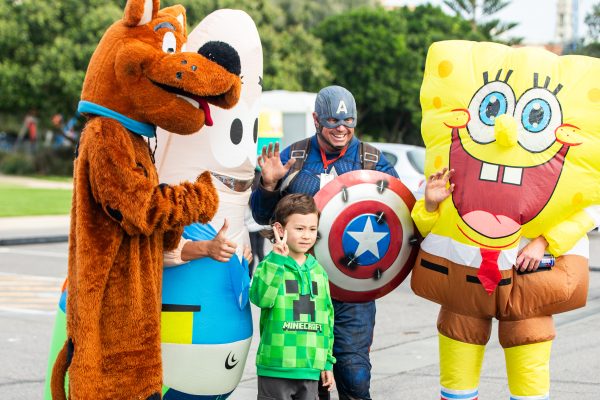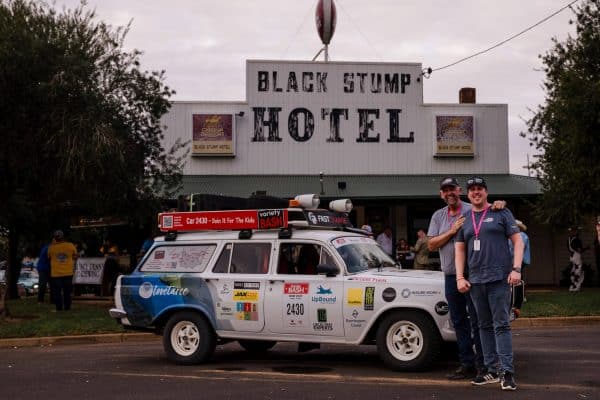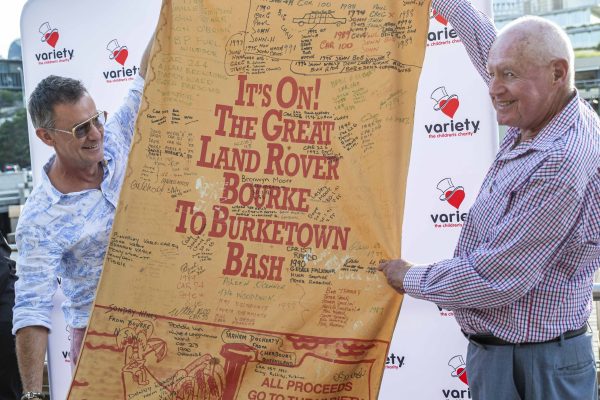There is no doubt more and more playmakers are trying hard to create inclusive playspaces, so that every child can play, play with others and play in their own communities.
I am extremely lucky to work with so many play champions. Families, designers and architects, equipment suppliers, councils, developers, educators, service providers and play advocates, and of course the real play experts – our kids. Each and every one of them has their own expertise, but all work to the one goal – to get more kids to play!
Having access to these many experts, I always like to share the wisdom and experience of this collective on what we have found takes inclusion to the next level.
It’s as simple as thinking about the words we use and what they really mean; by consciously using these words correctly we create real, embedded change in the provision of just and fair public recreation spaces – where we can all play together.
Same same, but different!
Inclusive playspaces, all abilities playgrounds and all accessible parks and playspaces.
We hear these titles and terms used equally and interchanged in promotion, grant offerings, playspace guidelines and standards, and design briefs to name a few – but what do these words truly mean to those who experience the barriers to access and social isolation due to living with disability? And how by using these words as blanket terms do we inhibit our goals of true inclusion even with the best intentions?
In every conversation about a playspace creation we start with two main questions:
What is Play?
What is Inclusion and what does it mean to you?
The play question, I will leave for now, that’s a whole other article! A thorough sharing of this will be detailed in our 2021 State of Play Report next month.
What is inclusion and what does it mean to you?
Every engagement, every conversation, from children and adults, the result is the same.
The responses are always about what we can do in an inclusive space and how we feel when included.
Inclusion is about being given the choice and opportunity to participate in an equitable way, to contribute to the fun with value, be independent, express our character and display strengths and choose to experience challenge and risk in a safe and comfortable way – in our own perfect way – just like everyone else.
When we are included we feel that we BELONG.
An inclusive space (playspace), shows it has considered this. Providing choices, options and supports to promote independent and valued participation. Where we don’t have to be “helped” unless we want help. We can fully share ourselves and blow up the negative stereotypes of being less-than, being dangerous or scary, needing support. Where we can explore, develop and display a positive self-image and social identity.
Where everyone is invited to be seen and valued for their uniqueness and contribution. Where it is just the norm that we are all different, we all have something to contribute and we are better when we are together.
Near enough – just does not cut the mustard!
The term accessible is often used in half measures also. For example, a lovely playspace with great pathways to wheel around, but no way for a child to actually get up to, on to, or into any of the equipment. Or having great accessible equipment sitting in bark, that is not at all accessible. Another is an ambulant toilet, where you require to be able to stand and self-support to transfer to the toilet, this is not a fully accessible toilet. If you are over 20kgs and non-weight-bearing and require an over 20kg change table and supports to transfer to the table, this is fully accessible. This makes a huge difference as to whether a child or family can stay and enjoy an extended play experience and use a bathroom with dignity. (This is the belonging and feeling valued thing I am talking about, where you have been considered and basic human rights, like using a bathroom, like everyone else has been provided for you or your child.) Fully accessible is an important part of making a playspace inclusive, but it is not the whole deal.
Similarly, all abilities is about providing play opportunities at various stages of development, strength or function. While some adults and kids will have certain finite capacities in certain areas, we are all in a constant state of flux in how our bodies move, what we do with ease and what we are challenged by in any one day, let alone through a lifespan. This is where universal design and consideration of differentiation in equipment and play experiences is essential. For any space, to be used by the many and varied capacities of a diverse population it must consider all abilities in design to ensure a functional and efficient, as well as just and equitable, use of public spaces (and resources). However, all abilities alone is still not quite there.
Finally, an inclusive space is an absolute term. It either is, or it isn’t. You either feel like you belong and can participate to your fullest or you can’t. It is not a space where there is some access, where these are some (or one) opportunity for varying capacities to play. It is not a space where you wish you could do something, just like the others, without the opportunity to be able to try to do it. An inclusive playspace maximises accessibility at every route to the play, it maximises differentiation, adaptation and supports for every play opportunity, it is where we wish we could do something and are able to do it, maybe a little differently to others, but perfectly, individually and to our full potential – just like everyone else.
I challenge us all, as we lift the bar on every playspace we design, to do better and make it truly inclusive, not settling at access or equipment choices. By understanding and considering full access and varied all ability equipment that maximises opportunities of choice and participation, accompanied by principles of universal design when we create inclusive playspaces. This is inclusive.
Inclusive design is about choice and participation + access.

To pinch and tweak and over used phrase that tries to explain the difference between diversity and inclusion… as far as playspaces go…
“Accessible is able to get to the playspace.
“All abilities is providing play opportunities at various stages of development, strength or function with varying levels of challenge and risk so there is (at least one) something for everyone to have a go on.
“Inclusive means there is multiple choice and opportunity for equal, valued participation in a space that make us feel safe, welcome and that you belong. Where we all want to play and play with others.”
A local, loved, well played in, truly inclusive playspace is the bedrock of a child’s connection to the community. Where we learn that as children in Australia we are safe and valued in our local community and society. We are supported and inspired to thrive to our full potential, contributing, connected and living a fulfilled and meaningful life.
Onward Playmakers! Let’s Play



